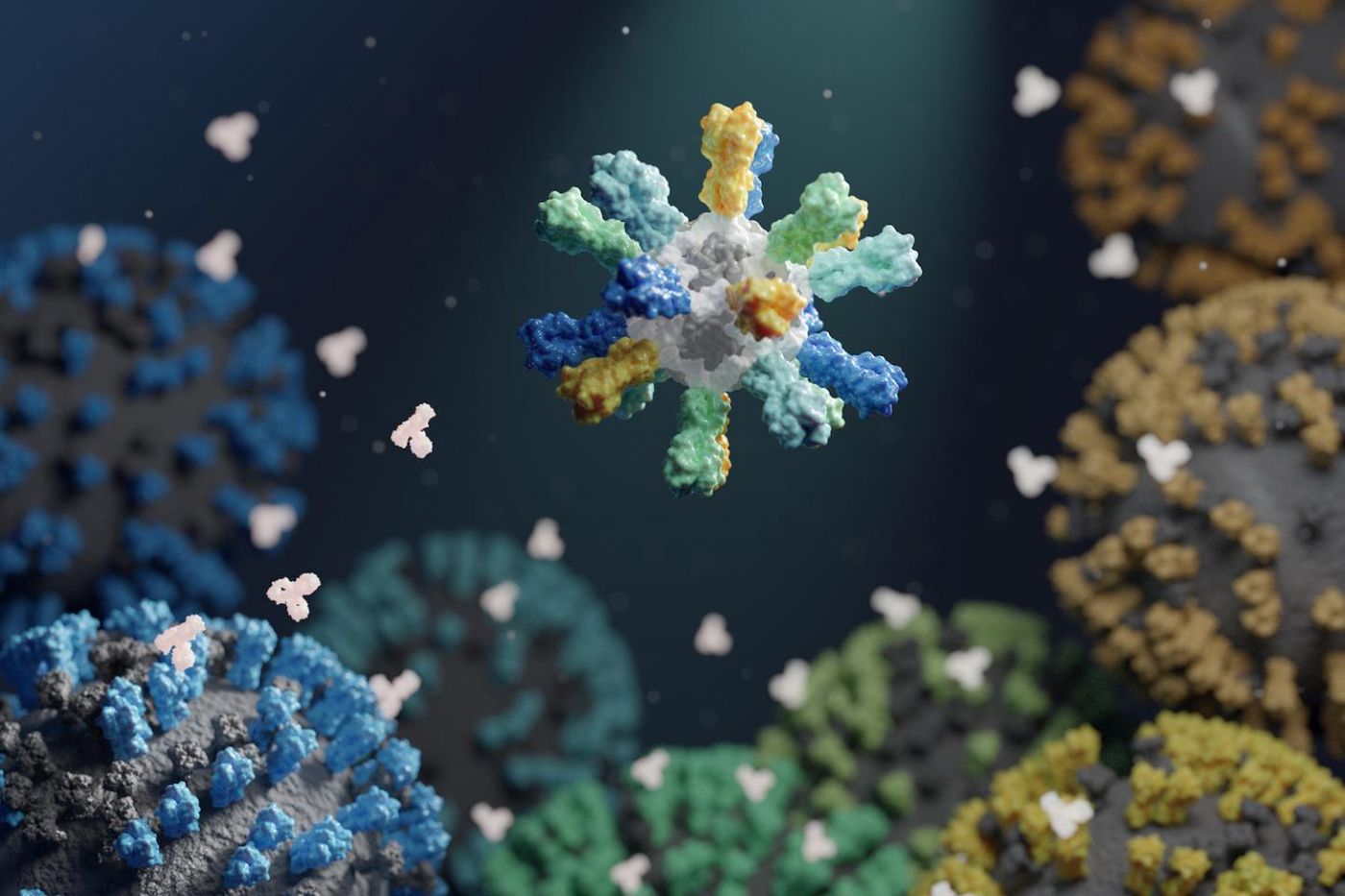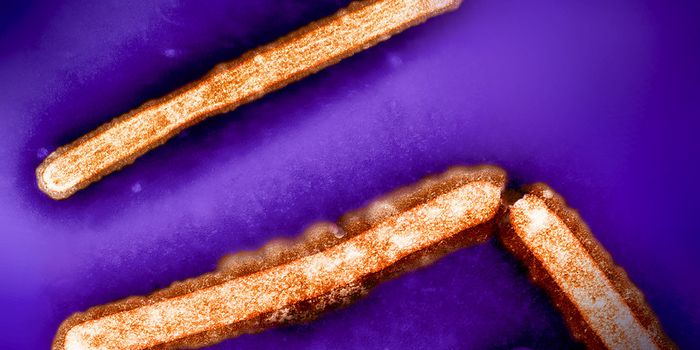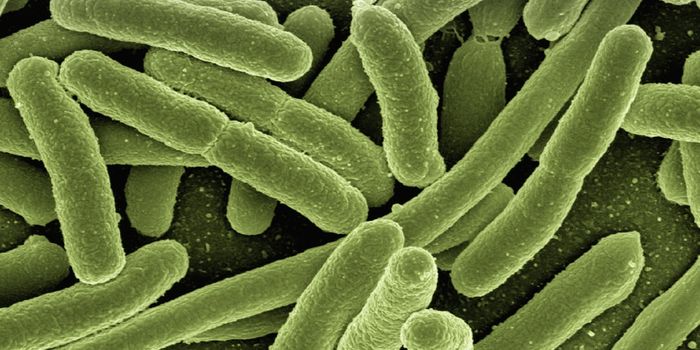A Nanoparticle-Based Universal Flu Vaccine Moves Closer to Use
There are many different influenza viruses, which cause an estimated 290,000 to 650,000 deaths every year. That range depends on many factors, including the illness that the virus causes, and how well vaccines work against it. Every year, researchers have to predict which strains are most likely to cause outbreaks and design vaccines using those predictions, a strategy that usually, but not always, works to mitigate the effects of the flu season. As such, scientists have been working on creating a universal flu vaccine on multiple fronts, and some progress has been made toward that goal.
Reporting in Nature, scientists have now engineered flu shots that were able to give mice, ferrets, and nonhuman primate models protection against a wide range of seasonal and pandemic strains of flu. These experimental shots are working their way towards clinical tests. The researchers are hopeful that these next-generation flu vaccines will be shown to be safe and effective; they could replace the seasonal vaccines people take now and be better at preventing infections by more strains.
"Most flu shots available today are quadrivalent, meaning they are made from four different flu strains. Each year, the World Health Organization makes a bet on which four strains will be most prevalent, but those predictions can be more or less accurate. This is why we often end up with 'mismatched' flu shots that are still helpful but only partially effective," explained lead study author Daniel Ellis, a research scientist in the laboratory of UW School of Medicine Neil King, an assistant professor of biochemistry.
The researchers used proteins called hemagglutinin to improve existing influenza vaccines. Hemagglutinin from four different flu strains was isolated and attached to custom-engineered nanoparticles. The scientists were able to design how the resulting vaccines were configured, which triggered an enhanced immune response in their models compared to standard flu shots.
These nanoparticle vaccines contain four hemagglutinin proteins, which is the same amount as current quadrivalent influenza vaccines. When animal models were exposed to these vaccines, they triggered a neutralizing antibody response that was the same or better than those seen from these current vaccines.
Unlike standard vaccines, these nanoparticle vaccines also induced a protective antibody response against viruses that were not part of the vaccine, including avian influenza viruses H5N1 and H7N9, which are thought to be pandemic threats.
"The responses that our vaccine gives against strain-matched viruses are really strong, and the additional coverage we saw against mismatched strains could lower the risk of a bad flu season," said Ellis.
Sources: AAAS/Eurekalert! via University of Washington School of Medicine/UW Medicine, Nature









